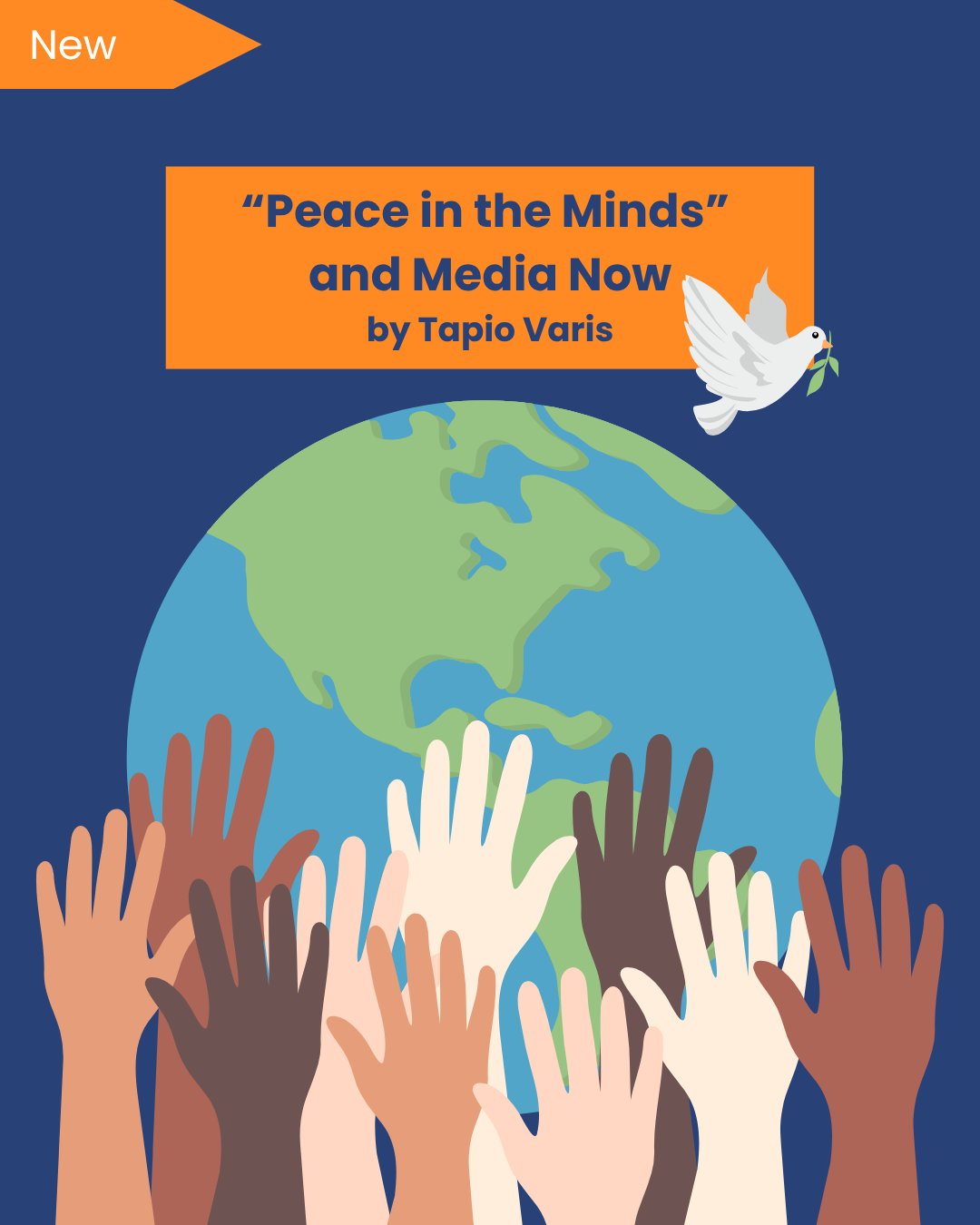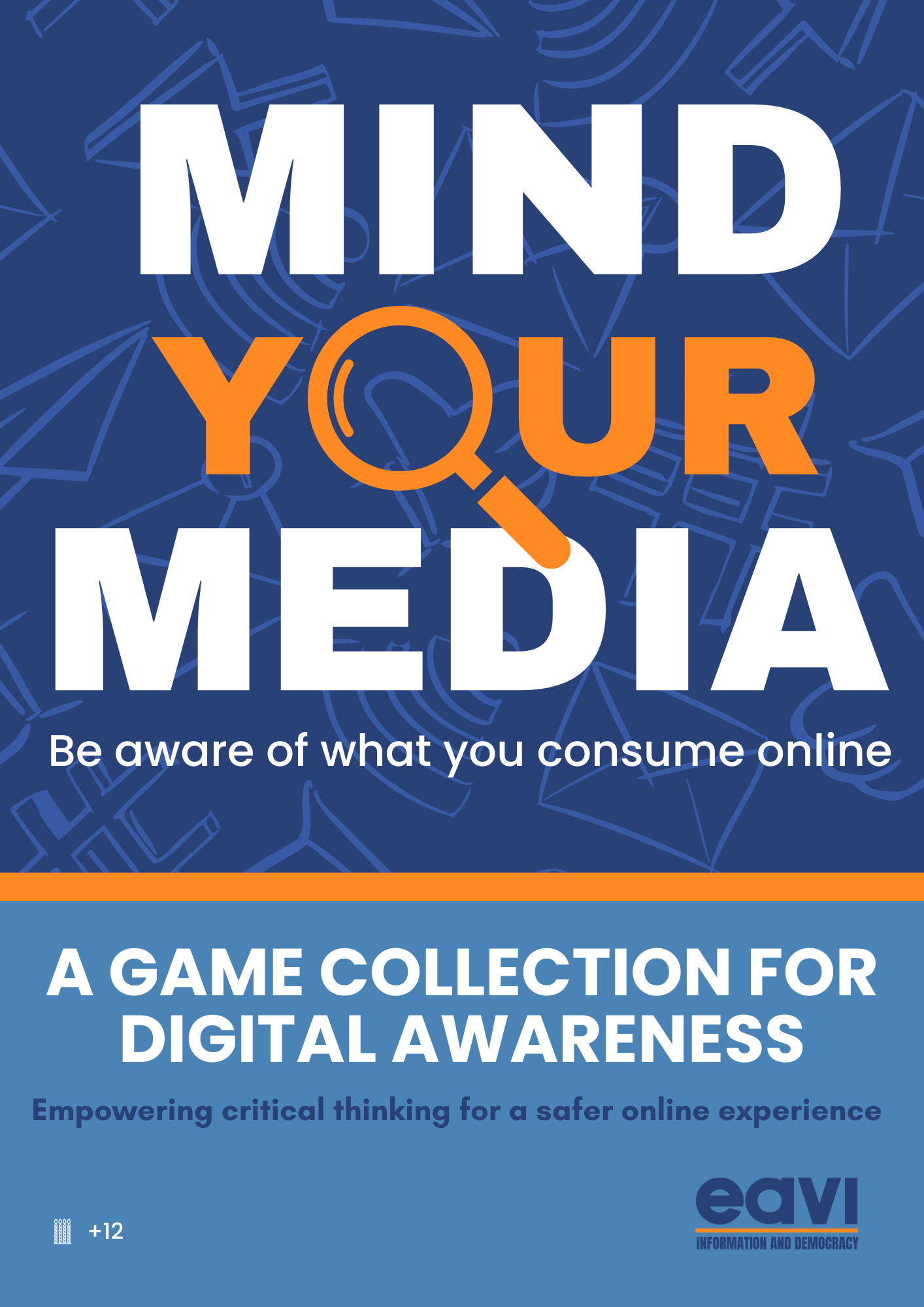
While digital tools make our lives easier in many aspects by providing conveniences, extensive research consistently highlights the adverse effects of their excessive usage on individuals’ physical and psychological well-being. It is argued that digital media users face a growing challenge in managing the overwhelming amount of information and social interactions available to them throughout the day. The need for specific skills has risen to effectively direct digital stimuli towards personal goals, preventing issues like excessive multitasking, fragmented daily schedules, and overconsumption of new media. It is suggested that these adverse effects are becoming a threat to individuals’ well-being.
In this regard, in her article “Bringing Digital Well-Being into the Heart of Digital Media Literacies,” Feerrar defines digital well-being as the ability to seek health, safety, and happiness across various aspects of our digital existence. Fundamentally, “digital well-being is about who we are and how we are online or in digitally mediated spaces”. Recently, it has been emerging as an essential concept, and the Council of Europe incorporated Online Wellbeing as a component of digital citizenship in 2019. Remarkably, in the past few years, major tech companies such as Apple and Google have introduced features under the banner of digital well-being. For instance, users of Apple and Android smartphones now have access to tools allowing them to monitor and control their screen time. However, it’s crucial to recognise that managing screen time is only one aspect of digital well-being, and restricting screen usage may not be effective overall in promoting well-being. Digital well-being practices are diverse and depend on individual goals, needs, and sociocultural context. In essence, there is no singular correct approach to achieving “digital wellness,” similar to the varied perspectives on personal well-being shaped by individual and cultural factors.
Furthermore, digital well-being encompasses physical, emotional, and social aspects. Physical challenges like eye strain can be addressed with behavioural or technology-based solutions, such as adjusting screen settings. Emotional well-being involves setting boundaries, nurturing relationships, and evaluating media consumption. Socially, individuals who pursue digital well-being aim to act responsibly, engage in civic action, and be ethical online, acknowledging their limited control over systemic challenges like disinformation. Understanding the broader societal and power dynamics, such as personalised search results, is crucial for digital well-being, highlighting the importance of equity, ethics, and values in this context.
Digital well-being is also important because the digital well-being perspective complements information and media literacy skills. According to the study “Fear of Missing Out, Information Literacy, and Digital Wellbeing,” information literacy alone does not safeguard against problematic internet use. Instead, it can occasionally contribute to such issues. Therefore, it is crucial to integrate a digital well-being perspective into information literacy education, emphasising promoting positive attitudes towards the internet as an integral aspect of daily life. While information literacy traditionally focuses on practical skills, there is a shift towards attitudes and awareness related to digital well-being, encompassing concerns for personal and collective health and safety.
Moreover, according to this study, paying attention to digital well-being involves a multifaceted approach, including awareness, knowledge, decision-making, and active involvement in maintaining digital hygiene. The evolving nature of information literacy reflects the acknowledgement of the interconnectedness between digital well-being, critical thinking, and responsible citizenship. This recognition signifies that ensuring a healthy balance in online and offline activities, making informed decisions, and protecting privacy are integral components of digital well-being. Critical thinking is fundamental in guiding individuals in their decisions about entering or abstaining from the online world, establishing (or avoiding) virtual connections with unknown entities, and safeguarding personal privacy and data. Ultimately, prioritising digital well-being is crucial for individuals to navigate the digital world responsibly and contribute positively to broader societal contexts.
In conclusion, the digital well-being concept highlights the importance of exercising caution in using digital devices and having a balanced and mindful approach to technology. While the convenience and efficiency of digital tools are undeniable, the escalating concerns about adverse effects on well-being necessitate a mindful and intentional engagement with these technologies.
REFERENCES:

While digital tools make our lives easier in many aspects by providing conveniences, extensive research consistently highlights the adverse effects of their excessive usage on individuals’ physical and psychological well-being. It is argued that digital media users face a growing challenge in managing the overwhelming amount of information and social interactions available to them throughout the day. The need for specific skills has risen to effectively direct digital stimuli towards personal goals, preventing issues like excessive multitasking, fragmented daily schedules, and overconsumption of new media. It is suggested that these adverse effects are becoming a threat to individuals’ well-being.
In this regard, in her article “Bringing Digital Well-Being into the Heart of Digital Media Literacies,” Feerrar defines digital well-being as the ability to seek health, safety, and happiness across various aspects of our digital existence. Fundamentally, “digital well-being is about who we are and how we are online or in digitally mediated spaces”. Recently, it has been emerging as an essential concept, and the Council of Europe incorporated Online Wellbeing as a component of digital citizenship in 2019. Remarkably, in the past few years, major tech companies such as Apple and Google have introduced features under the banner of digital well-being. For instance, users of Apple and Android smartphones now have access to tools allowing them to monitor and control their screen time. However, it’s crucial to recognise that managing screen time is only one aspect of digital well-being, and restricting screen usage may not be effective overall in promoting well-being. Digital well-being practices are diverse and depend on individual goals, needs, and sociocultural context. In essence, there is no singular correct approach to achieving “digital wellness,” similar to the varied perspectives on personal well-being shaped by individual and cultural factors.
Furthermore, digital well-being encompasses physical, emotional, and social aspects. Physical challenges like eye strain can be addressed with behavioural or technology-based solutions, such as adjusting screen settings. Emotional well-being involves setting boundaries, nurturing relationships, and evaluating media consumption. Socially, individuals who pursue digital well-being aim to act responsibly, engage in civic action, and be ethical online, acknowledging their limited control over systemic challenges like disinformation. Understanding the broader societal and power dynamics, such as personalised search results, is crucial for digital well-being, highlighting the importance of equity, ethics, and values in this context.
Digital well-being is also important because the digital well-being perspective complements information and media literacy skills. According to the study “Fear of Missing Out, Information Literacy, and Digital Wellbeing,” information literacy alone does not safeguard against problematic internet use. Instead, it can occasionally contribute to such issues. Therefore, it is crucial to integrate a digital well-being perspective into information literacy education, emphasising promoting positive attitudes towards the internet as an integral aspect of daily life. While information literacy traditionally focuses on practical skills, there is a shift towards attitudes and awareness related to digital well-being, encompassing concerns for personal and collective health and safety.
Moreover, according to this study, paying attention to digital well-being involves a multifaceted approach, including awareness, knowledge, decision-making, and active involvement in maintaining digital hygiene. The evolving nature of information literacy reflects the acknowledgement of the interconnectedness between digital well-being, critical thinking, and responsible citizenship. This recognition signifies that ensuring a healthy balance in online and offline activities, making informed decisions, and protecting privacy are integral components of digital well-being. Critical thinking is fundamental in guiding individuals in their decisions about entering or abstaining from the online world, establishing (or avoiding) virtual connections with unknown entities, and safeguarding personal privacy and data. Ultimately, prioritising digital well-being is crucial for individuals to navigate the digital world responsibly and contribute positively to broader societal contexts.
In conclusion, the digital well-being concept highlights the importance of exercising caution in using digital devices and having a balanced and mindful approach to technology. While the convenience and efficiency of digital tools are undeniable, the escalating concerns about adverse effects on well-being necessitate a mindful and intentional engagement with these technologies.
REFERENCES:

While digital tools make our lives easier in many aspects by providing conveniences, extensive research consistently highlights the adverse effects of their excessive usage on individuals’ physical and psychological well-being. It is argued that digital media users face a growing challenge in managing the overwhelming amount of information and social interactions available to them throughout the day. The need for specific skills has risen to effectively direct digital stimuli towards personal goals, preventing issues like excessive multitasking, fragmented daily schedules, and overconsumption of new media. It is suggested that these adverse effects are becoming a threat to individuals’ well-being.
In this regard, in her article “Bringing Digital Well-Being into the Heart of Digital Media Literacies,” Feerrar defines digital well-being as the ability to seek health, safety, and happiness across various aspects of our digital existence. Fundamentally, “digital well-being is about who we are and how we are online or in digitally mediated spaces”. Recently, it has been emerging as an essential concept, and the Council of Europe incorporated Online Wellbeing as a component of digital citizenship in 2019. Remarkably, in the past few years, major tech companies such as Apple and Google have introduced features under the banner of digital well-being. For instance, users of Apple and Android smartphones now have access to tools allowing them to monitor and control their screen time. However, it’s crucial to recognise that managing screen time is only one aspect of digital well-being, and restricting screen usage may not be effective overall in promoting well-being. Digital well-being practices are diverse and depend on individual goals, needs, and sociocultural context. In essence, there is no singular correct approach to achieving “digital wellness,” similar to the varied perspectives on personal well-being shaped by individual and cultural factors.
Furthermore, digital well-being encompasses physical, emotional, and social aspects. Physical challenges like eye strain can be addressed with behavioural or technology-based solutions, such as adjusting screen settings. Emotional well-being involves setting boundaries, nurturing relationships, and evaluating media consumption. Socially, individuals who pursue digital well-being aim to act responsibly, engage in civic action, and be ethical online, acknowledging their limited control over systemic challenges like disinformation. Understanding the broader societal and power dynamics, such as personalised search results, is crucial for digital well-being, highlighting the importance of equity, ethics, and values in this context.
Digital well-being is also important because the digital well-being perspective complements information and media literacy skills. According to the study “Fear of Missing Out, Information Literacy, and Digital Wellbeing,” information literacy alone does not safeguard against problematic internet use. Instead, it can occasionally contribute to such issues. Therefore, it is crucial to integrate a digital well-being perspective into information literacy education, emphasising promoting positive attitudes towards the internet as an integral aspect of daily life. While information literacy traditionally focuses on practical skills, there is a shift towards attitudes and awareness related to digital well-being, encompassing concerns for personal and collective health and safety.
Moreover, according to this study, paying attention to digital well-being involves a multifaceted approach, including awareness, knowledge, decision-making, and active involvement in maintaining digital hygiene. The evolving nature of information literacy reflects the acknowledgement of the interconnectedness between digital well-being, critical thinking, and responsible citizenship. This recognition signifies that ensuring a healthy balance in online and offline activities, making informed decisions, and protecting privacy are integral components of digital well-being. Critical thinking is fundamental in guiding individuals in their decisions about entering or abstaining from the online world, establishing (or avoiding) virtual connections with unknown entities, and safeguarding personal privacy and data. Ultimately, prioritising digital well-being is crucial for individuals to navigate the digital world responsibly and contribute positively to broader societal contexts.
In conclusion, the digital well-being concept highlights the importance of exercising caution in using digital devices and having a balanced and mindful approach to technology. While the convenience and efficiency of digital tools are undeniable, the escalating concerns about adverse effects on well-being necessitate a mindful and intentional engagement with these technologies.
REFERENCES:








































































































































































